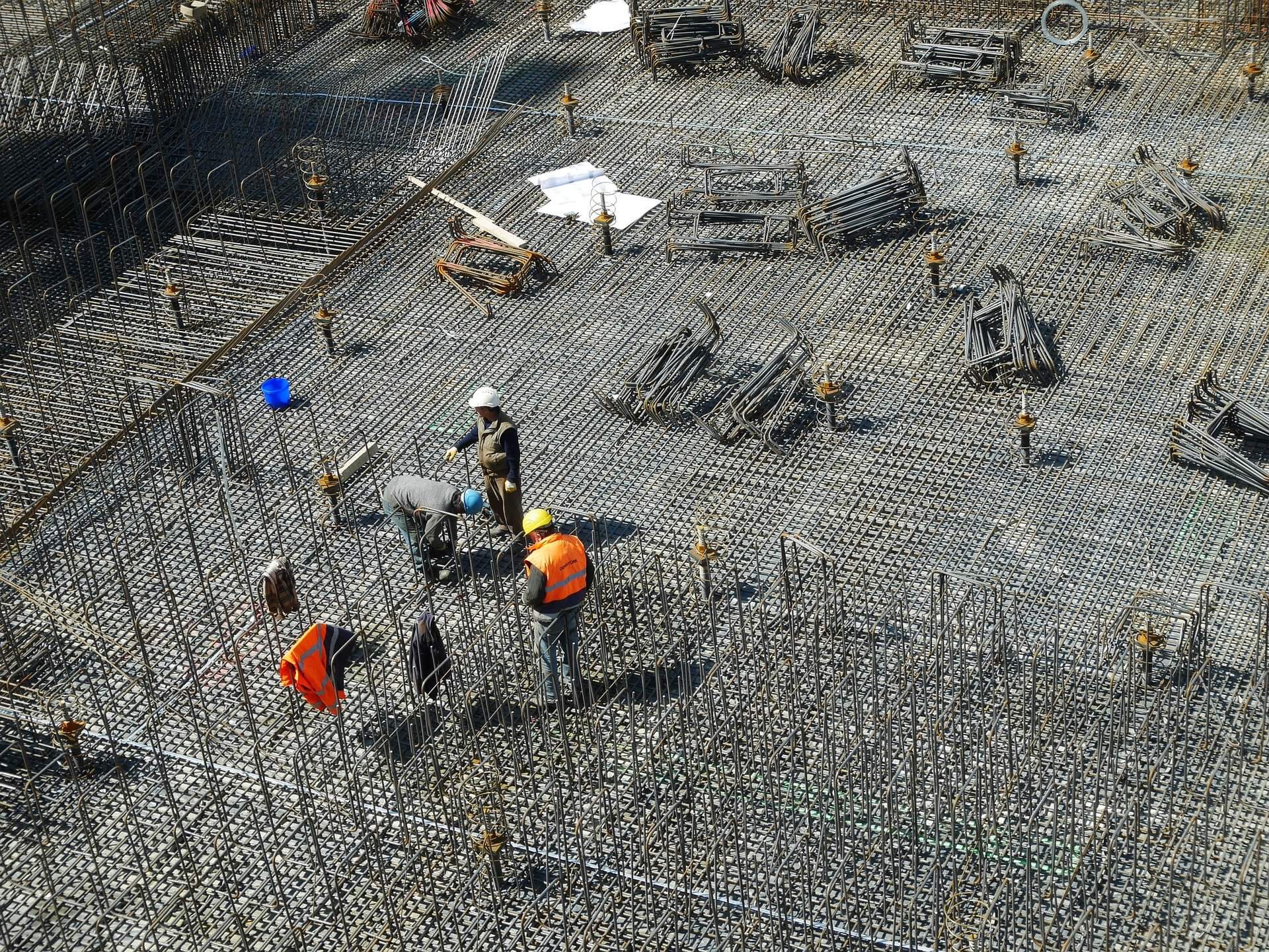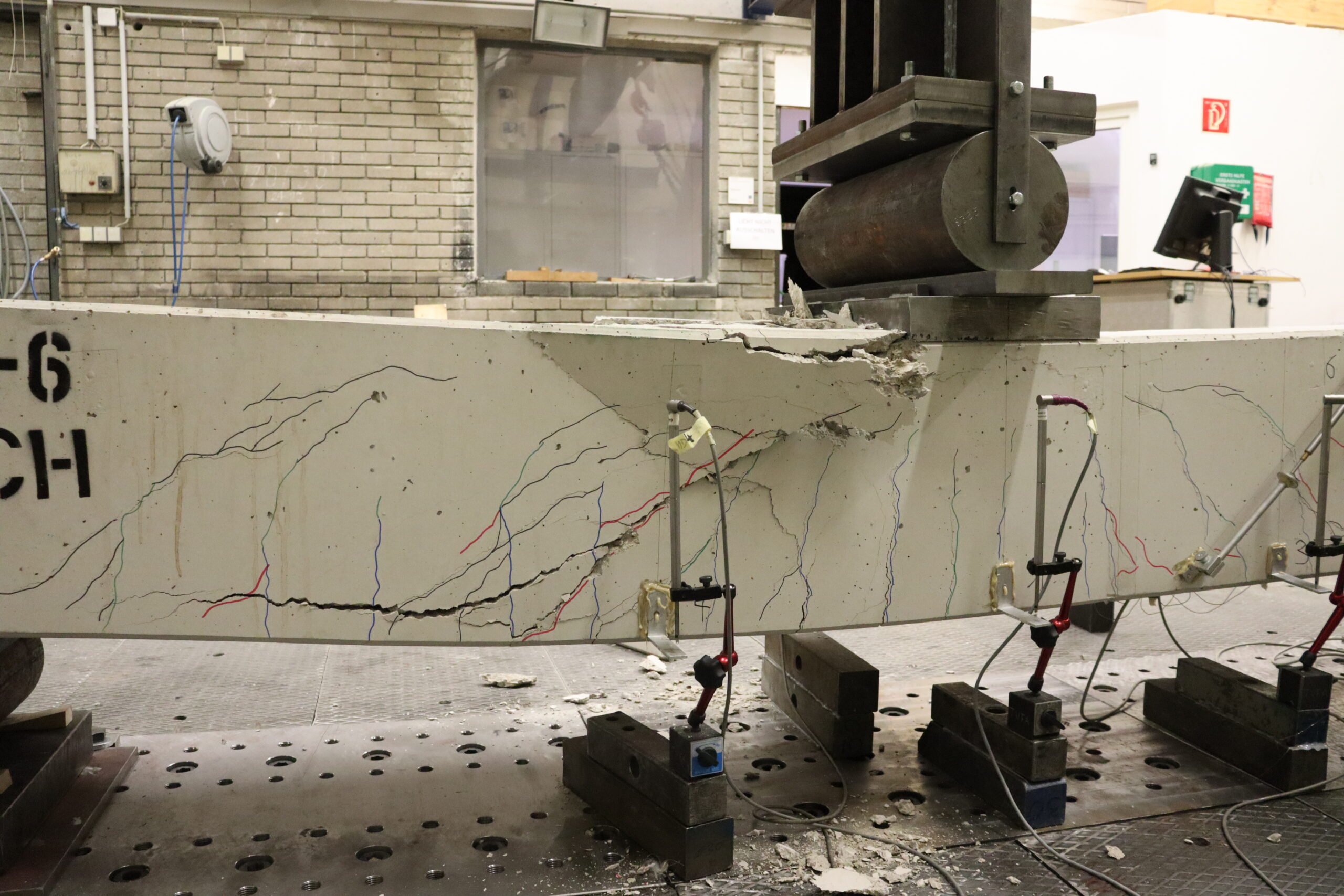
The cement industry is working on reducing CO2 emissions in a number of ways. Why? Because even with the sole use of renewable energies, the raw materials used in cement production result in CO2 being released and emitted to the atmosphere. thyssenkrupp Uhde, Holcim, and Technische Universität Berlin have therefore partnered up in a joint project to investigate the use of a novel amine scrubbing technology for carbon capture. The goal is to significantly reduce CO2 emissions from existing cement plants and at the same time utilize the captured CO2 for other applications. In concrete terms, this includes the development of new mass transfer process equipment that is more efficient and resilient to contaminations. The project is being funded by the German Federal Ministry for Economic Affairs and Climate Action, writes TU Berlin in a press release.
Amine scrubbing technology is based on the targeted binding of individual components of an exhaust gas stream, such as CO2, in a scrubbing solution. Aqueous solutions of amines are used for this purpose. The absorbed gas components are subsequently released again by heating the scrubbing solution and can thus be effectively separated and stored or used separately.
Integration with carbon capture technology
“Amine scrubbing is already commonly used to recover CO2 from process gases or exhaust gases. Now, we are developing the technology further and optimizing it for the cement industry. Additional applications for capturing CO2 direct at source, such as in waste incineration plants, are also possible,” explains Dr. Ralph Kleinschmidt, head of technology, innovation and sustainability at thyssenkrupp Uhde.
Developing innovative carbon capture technology for gas treating and improving the efficiency, environmental compatibility, and sustainability of existing carbon capture processes, as well as putting them into practice, is an urgent and crucial task that makes a direct contribution to climate protection. These goals can only be achieved if industry cooperates closely with research facilities like universities,” says Prof. Dr.-Ing. Jens-Uwe Repke, head of the TU Berlin Process Dynamics and Operations Group.
Carbon capture is the future
Arne Stecher, head of decarbonization at Holcim Germany emphasizes: “Carbon capture will be a must for cement plants in the near future. That is why we are testing different processes to find the best carbon capture technology. Carbon capture by means of amine scrubbing is a promising solution. I am pleased that, together with our partners, we can test the use of this innovative process in the cement industry.”
The performance and efficiency of this equipment is being tested using real exhaust gas at the cement plant located in Beckum, Germany. This is paving the way for commercial use. Various possibilities for using the captured CO2 are also being examined, for example methanol or sustainable fuels. With this process, the partners are seeking to make a contribution to the reduction of greenhouse gases, especially in existing cement production plants. These can then be retrofitted with equipment for capturing CO2 from the process gas without further adapting the production process.

Selected for you!
Innovation Origins is the European platform for innovation news. In addition to the many reports from our own editors in 15 European countries, we select the most important press releases from reliable sources. This way you can stay up to date on what is happening in the world of innovation. Are you or do you know an organization that should not be missing from our list of selected sources? Then report to our editorial team.







